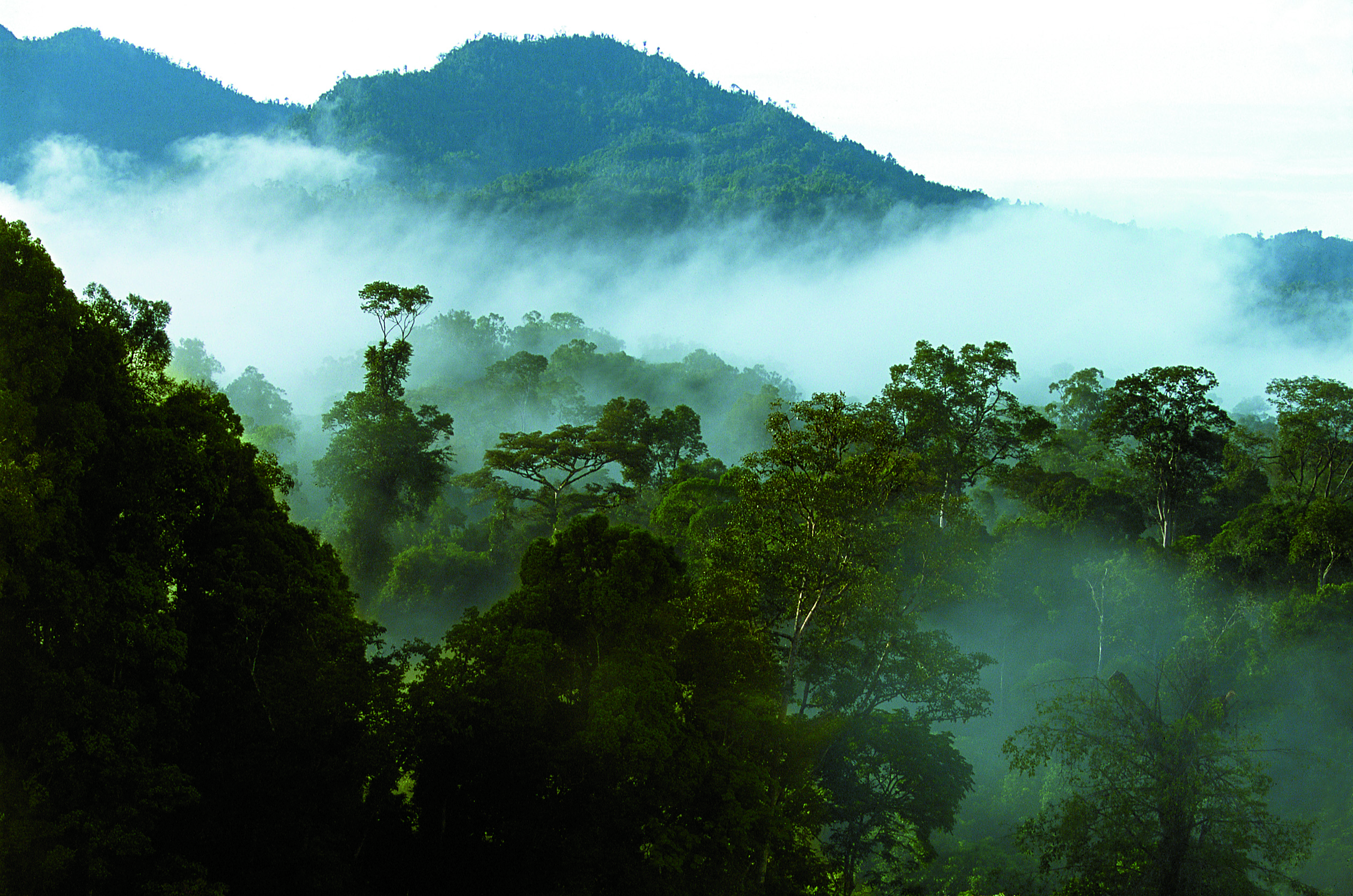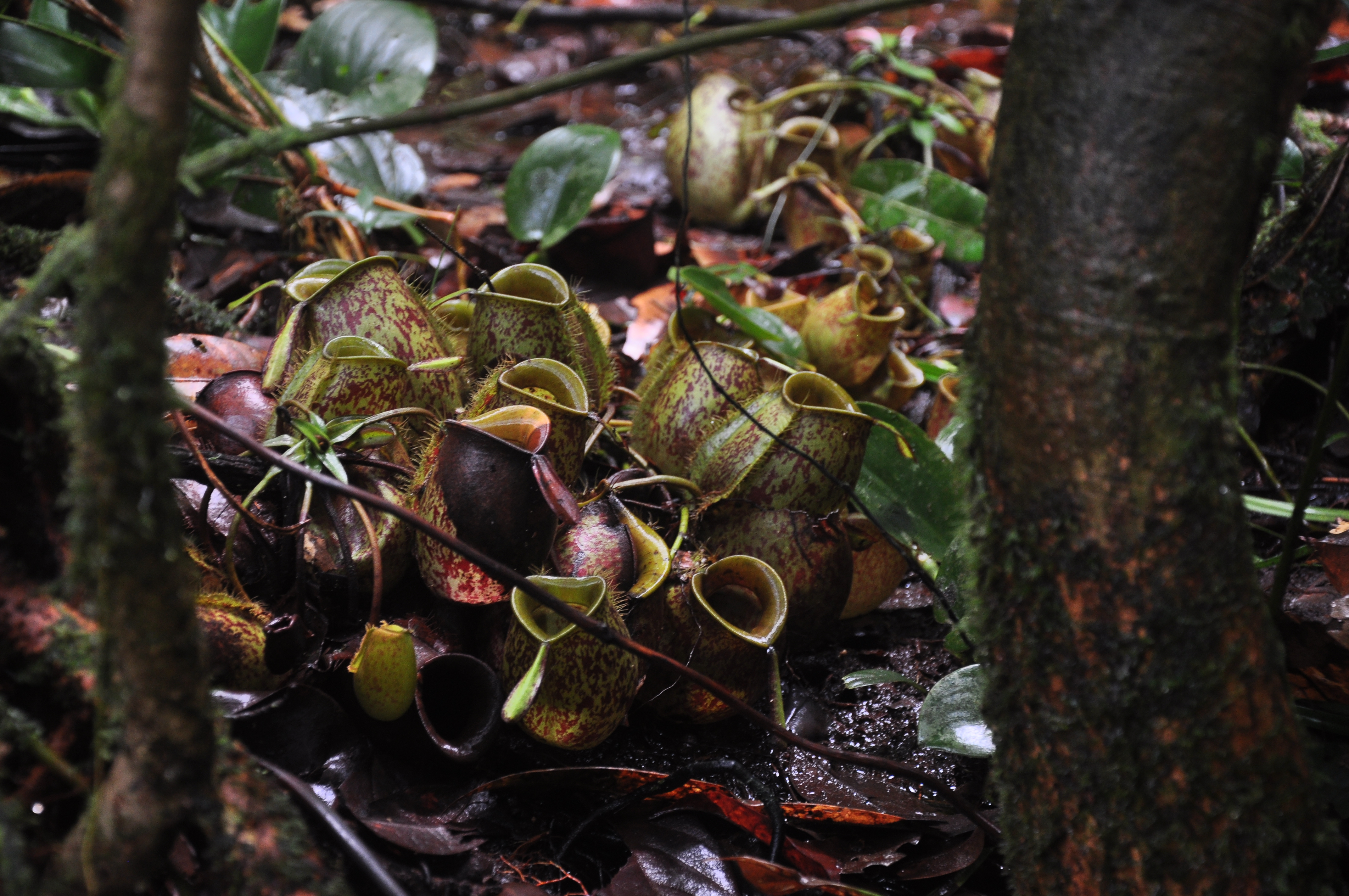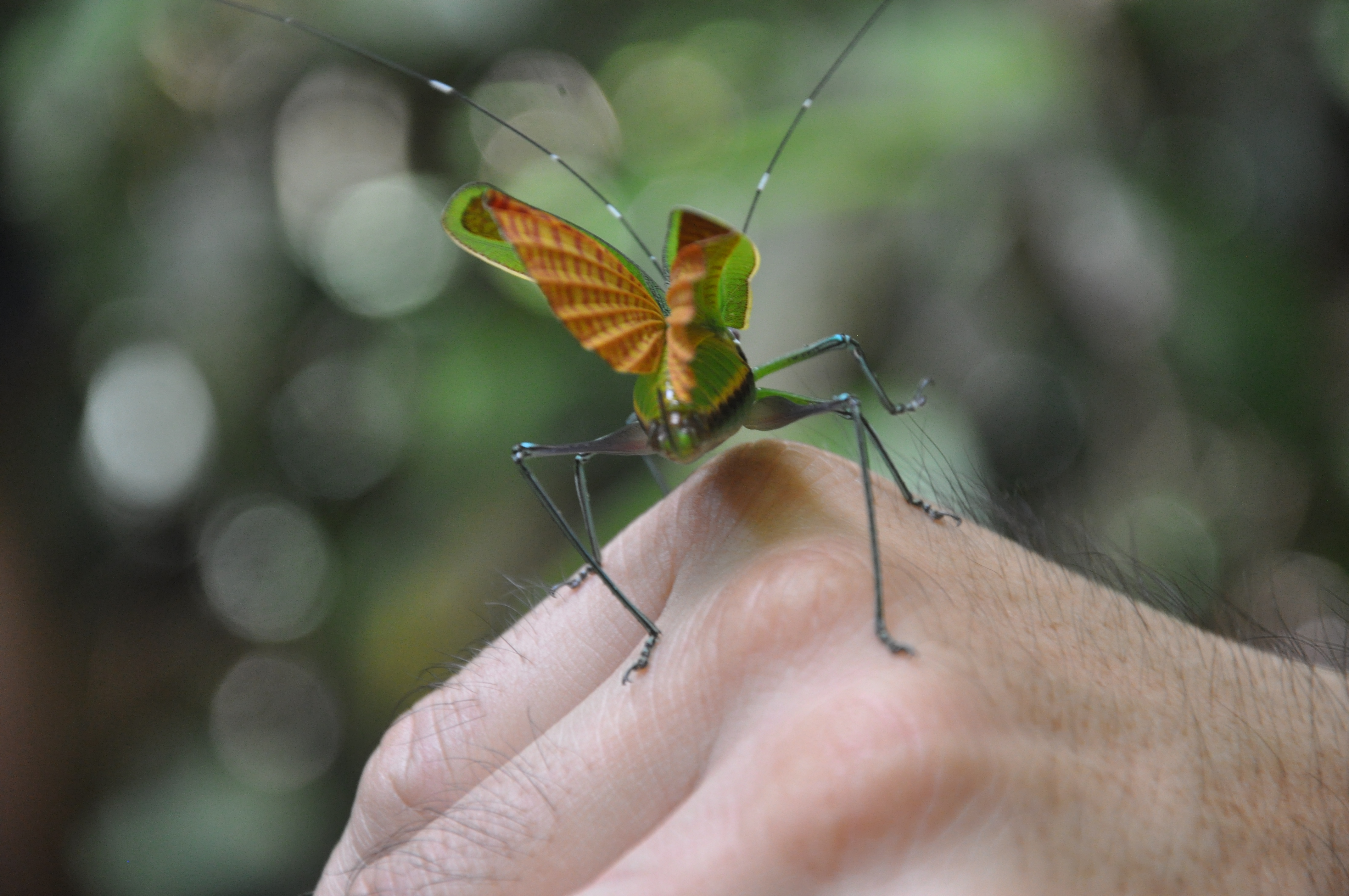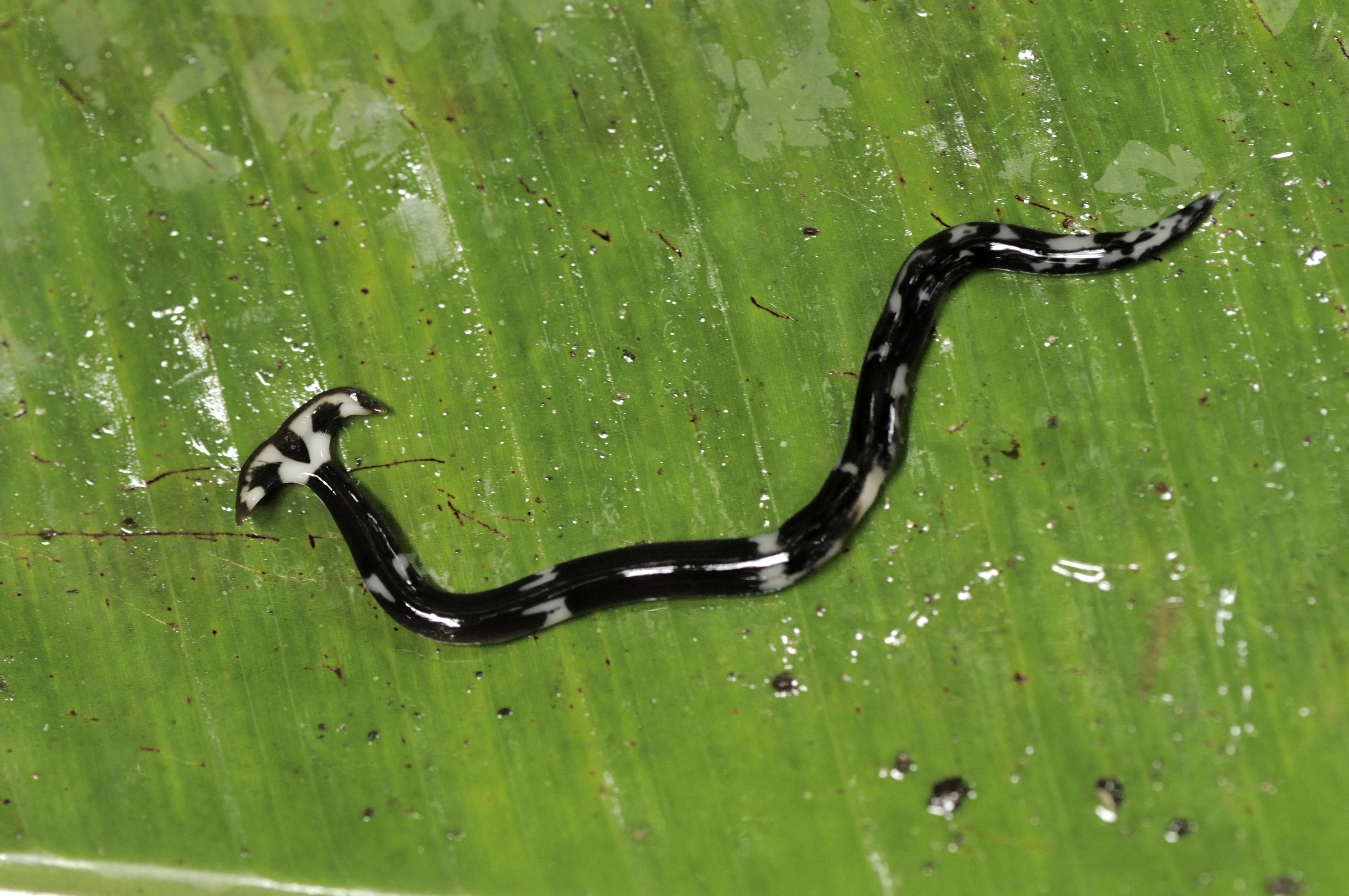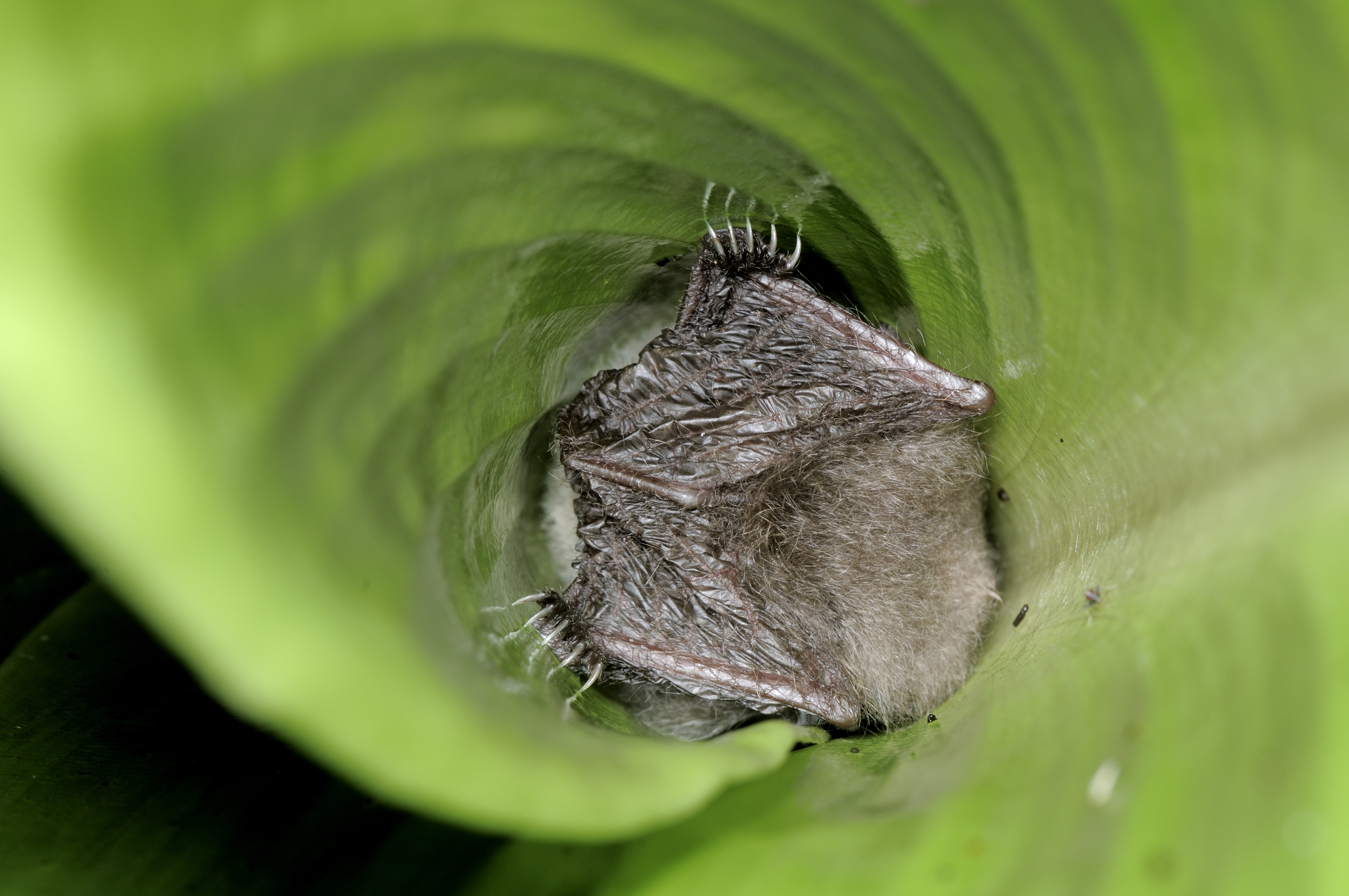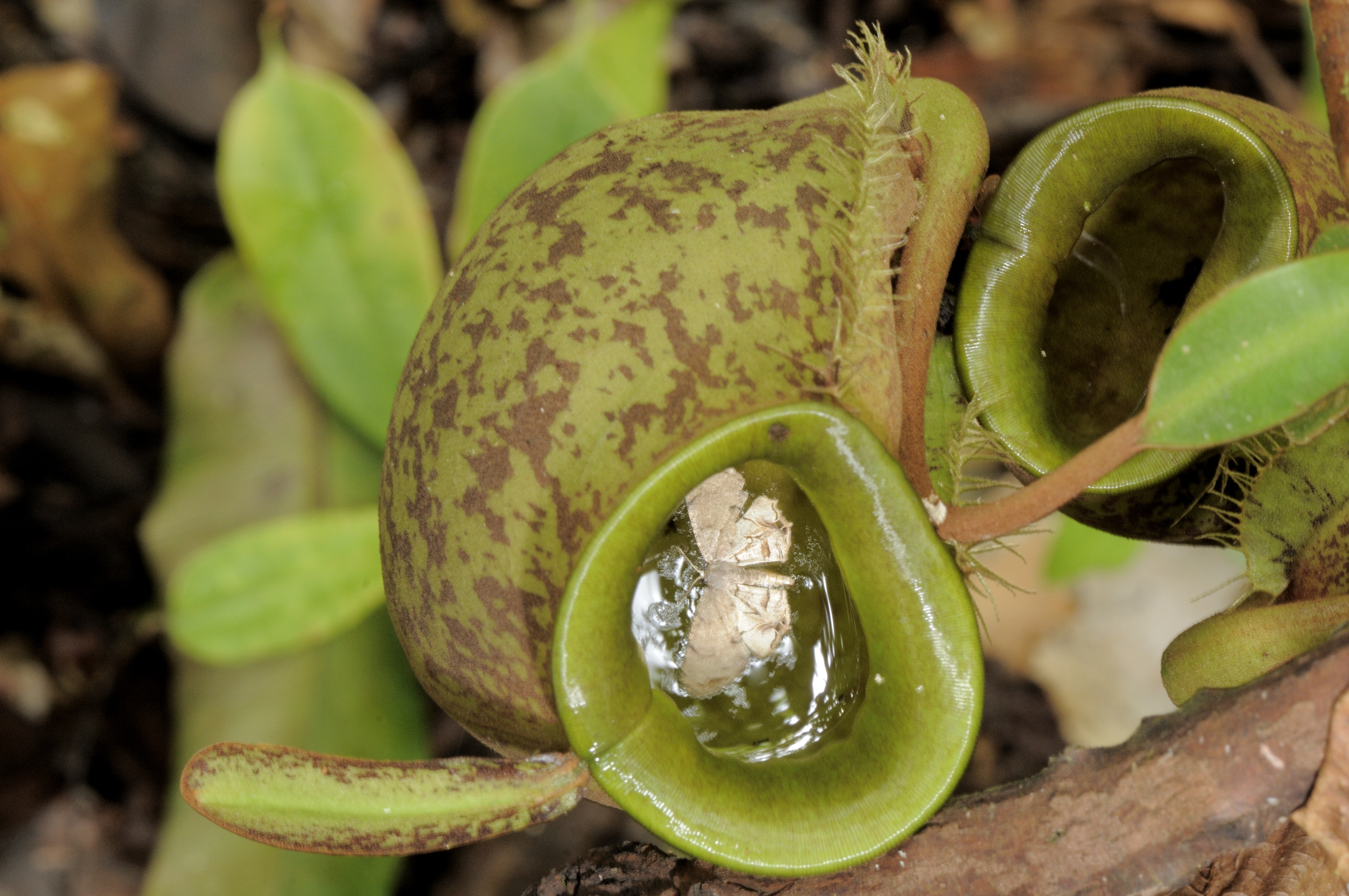Mulu World Heritage Area
“Heritage is our legacy from the past, what we live with today, and what we pass on to future generations.”
– United Nations Educational, Scientific & Cultural Organization (UNESCO)
Considering Mulu’s spectacular scenery and its biological significance, it was not surprising that Mulu was successfully listed as a World Heritage site in November 2000. To qualify for world heritage status a property must meet one of the four following criteria:
- Be an outstanding example of the world’ geological history (Caves and cave deposits)
- Be and outstanding representative example of on-going evolutionary processes (current research programmes)
- Be of exceptional beauty!
- Contain significant natural habitat for in-situ conservation of biological diversity and the protection of threatened species (wide range of cave and forest habitats).
World Heritage status has created renewed interest in the park and a genuine desire of the government and the people of Malaysia to ensure it is adequately protected. Accordingly, the Sarawak Government has committed to developing world leading conservation practices and high quality nature-based tourism activities at Mulu and has committed considerable resources to ensure its goals are achieved.
The limestone buttresses of Gunung Api, Gunung Benerat and Gunung Buda hug the steep contours of Gunung (Mt) Mulu – a sandstone matrix mountain that absorbs millions of litres of tropical rainfall to discharge it into/under the limestone lenses.
Combined with the steep relief (Mulu Summit is 2376m above sea level) and superabundance of rain, the quality Melinau limestone is shaped into a subterranean world of abnormally huge chambers, massive underground rivers and amazingly shaped speleothems, unique to tropical areas only.
Sand was the result of a land plate dipping underneath another plate. The sheer pressure of these two grinding land plates that lasted for 20 million years, resulted in an accumulated layer of 5 km thick under the sea. On top of it a 1,5 km band of limestone formed. Both formations were raised 5 million years ago to form the present landscape of Mulu.
The abundant rainwater as well as ground waters combined forces to penetrate the limestone and to start a chemical process of dissolving the rock to form one of the longest cave systems in the world as well as the biggest enclosed space in the world.
The island of Borneo is considered as one of the world’s biodiversity hotspots and with at least half of Borneo’s known plant, animal and fungi species found in Mulu, the vast expanse of spectacular equatorial rainforest presents visitors to Gunung Mulu World Heritage Area with an outstanding diversity of flora and fauna.
The seventeen different vegetation zones that occur within the park are known to support 2,142 non-flowering plants and at least 2,000 species of flowering plants that includes 182 orchids and 15 species of carnivorous pitcher plants. Animals currently known from the park are 116 mammals, including 54 species of bats, 305 species of birds, 100 reptiles, 97 amphibians and 48 species of fish. Invertebrate richness has been estimated at around 20,000 species that includes 360 spiders, 147 dragonflies, 281 butterflies, approximately 3,000 moths, 458 ants and approximately 4,000 species of beetles.
Mulu’s limestone karst and isolated mountain peaks are home to numerous rare and endemic plants and animals. Notable examples of plants include the one-leaf plant Monophyllaea pendula, which can be seen clinging to the rock face at the entrance to Clearwater Cave, Salacca rupicola, an endemic palm that grows on the cliff outside Deer Cave and the pitcher plant, Nepenthes muluensis, which can be seen near the top of Gunung Mulu. The park is particularly rich in amphibians, so far not found outside the area. Frogs or toads you may be lucky enough to encounter, include the Api Dwarf Toad, found only on limestone rock in the lowlands and the Mulu Horned Frog found near the peak of Gunung Mulu.
- Mulu National Park
- About Us
- Mulu World Heritage Area

